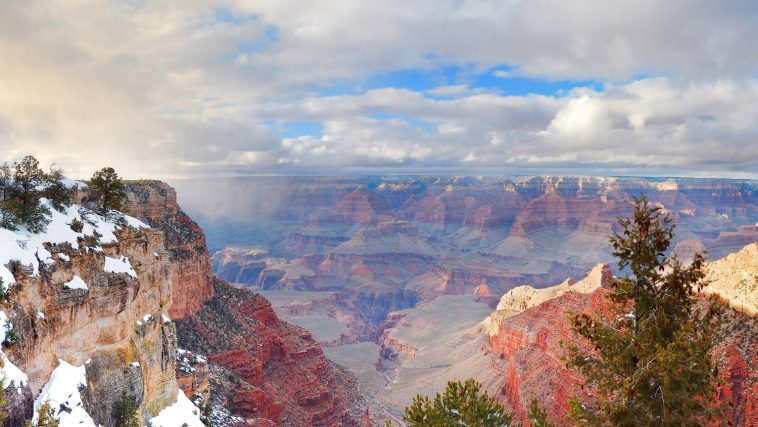[Originally published as The Creation of the Continents]
Most geologists believe that all the continents presently situated around the world were once linked, forming a single supercontinent called Pangaea. From the evolutionary perspective, those who study plate tectonics theorize that this supercontinent broke up at the end of the Mesozoic era, which their theories say began 250 million years ago.
When you look at the maps that are used in re-creating the alleged break up of Pangaea, you can easily see the continents could be placed into a jigsaw puzzle-like configuration with all the continents fitting neatly together into one hypothetical landmass.
The explanation that evolutionary science gives for the movement of the continents and the eventual placement of them that we observe today is the result of millions of years of continental drift and cataclysmic collisions. The Bible, which aside from being 100% accurate on every subject to which it speaks, gives us a mechanism for the continents to move into the places we find them today, the worldwide cataclysmic flood in the days of Noah.
As it is with all the data that we observe about our world, Bible-believing people and secular people examine the exact same evidence. We come to different conclusions because we all have presuppositions about what we are examining. What must be understood when comparing these two models is that the evidence more closely resembles the biblical model than it does the evolutionary model.
The continents are clearly drifting at a rate of approximately 5 cm per year worldwide. We propose that the movement we see today is the result of the worldwide cataclysmic Flood as recorded in the Bible in Genesis chapters 6–9.
Because most geologists and evolutionary scientists ascribe to the concept of uniformitarianism, which, in the philosophy of science, is the assumption that the natural processes operating in the past are the same as those that can be observed operating in the present. Its methodological significance is frequently summarized in the statement: “The present is the key to the past.”
While uniformitarianism clearly dominates the evolutionary view of geologic history. Scientific observation also leaves room for a theory that recognizes there is evidence that the earth has been affected by sudden, short-lived, violent events that were sometimes worldwide in scope. This theory is called catastrophism. Creationists, while expecting ordinary continuity in both the past and present, acknowledge the catastrophic explanation is also necessary to explain the evidence, and that, when looking at the geologic record, this is the dynamic that more often than not best explains what we see in nature.
A Grand Example
The evolutionary explanation uses uniformitarianism to explain the creation of the Grand Canyon. When this concept is applied to the processes that are ongoing today, formations such as the Grand Canyon are attributed to the process of erosion. They imagine the ancestral Colorado River cutting its way across a vast plain 35 million years ago, coupled with the uplifting of the Kaibab Plateau, causing the river to be diverted to the southeast because it could not cross the newly created barrier. The new course for the river now flowed out to the Gulf of Mexico instead of to the Pacific Ocean. The old course on the west side of the Kaibab Plateau, the Hualapai Drainage System, continued to be a major drainage for the plateau itself and the regions west of it.
Then they postulate that, approximately 12 million years ago, the river’s course to the Gulf of Mexico became blocked, forming a massive lake called Lake Bidahochi. These changes caused huge headwater erosion that, over several million years, caused the Hualapai Drainage System to break through the barrier caused by the uplifted plateau, and the river system created by the Hualapai Drainage System was allowed to break through and rejoin the ancestral Colorado River. As Lake Bidahochi continued to drain through the new course, the result was the gorge through which the Little Colorado River now flows. The combined flow of the Colorado River and the Little Colorado River continued to widen and deepen the course and created the Grand Canyon. Once Lake Bidahochi was completely drained, evolutionary geologists tell us that the result was what we see today as the Grand Canyon.
These two views can be summed up with the following question. What caused the Grand Canyon to form? Was it a little water and enormous eons of time or was it the catastrophic movement of a massive amount of water (the Flood) and a relatively small amount of time? Creationists say it was the latter.
An important fact of recent history seems to support the Creationist’s view of an enormous amount of water and a relatively small amount of time. After the eruption of Mt. Saint Helens in southwest Washington state in 1980, a canyon at a 1/40 scale of the Grand Canyon formed in a single day!






